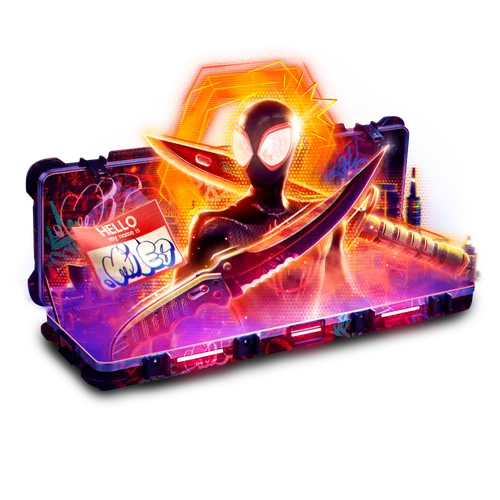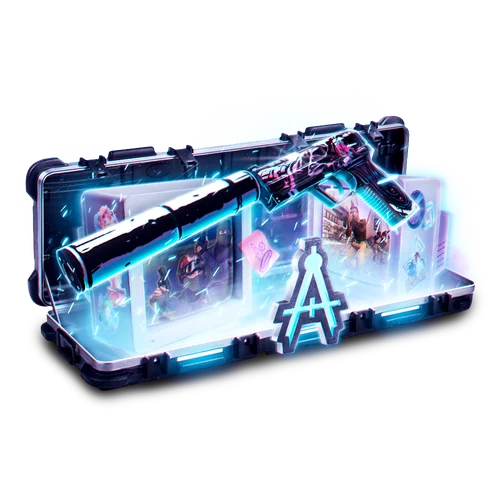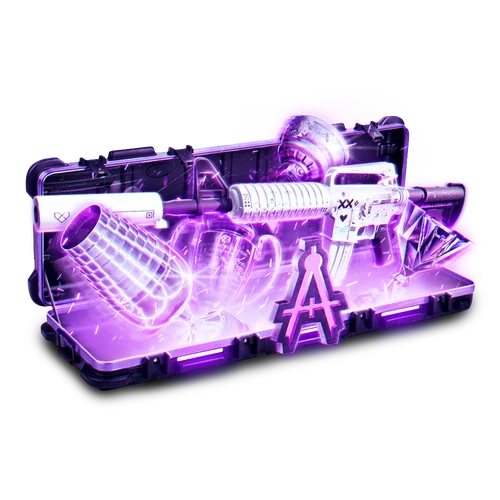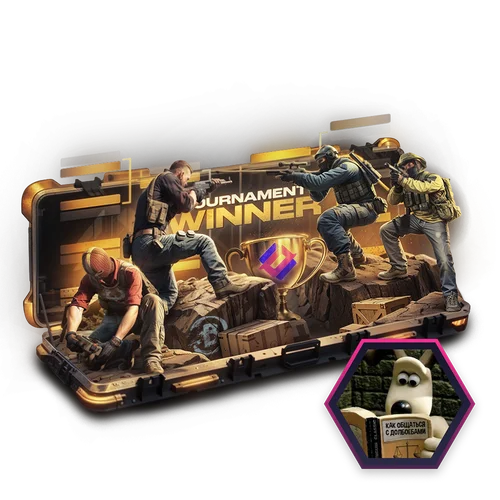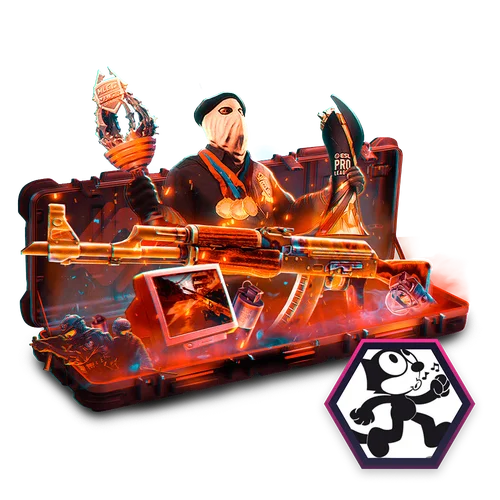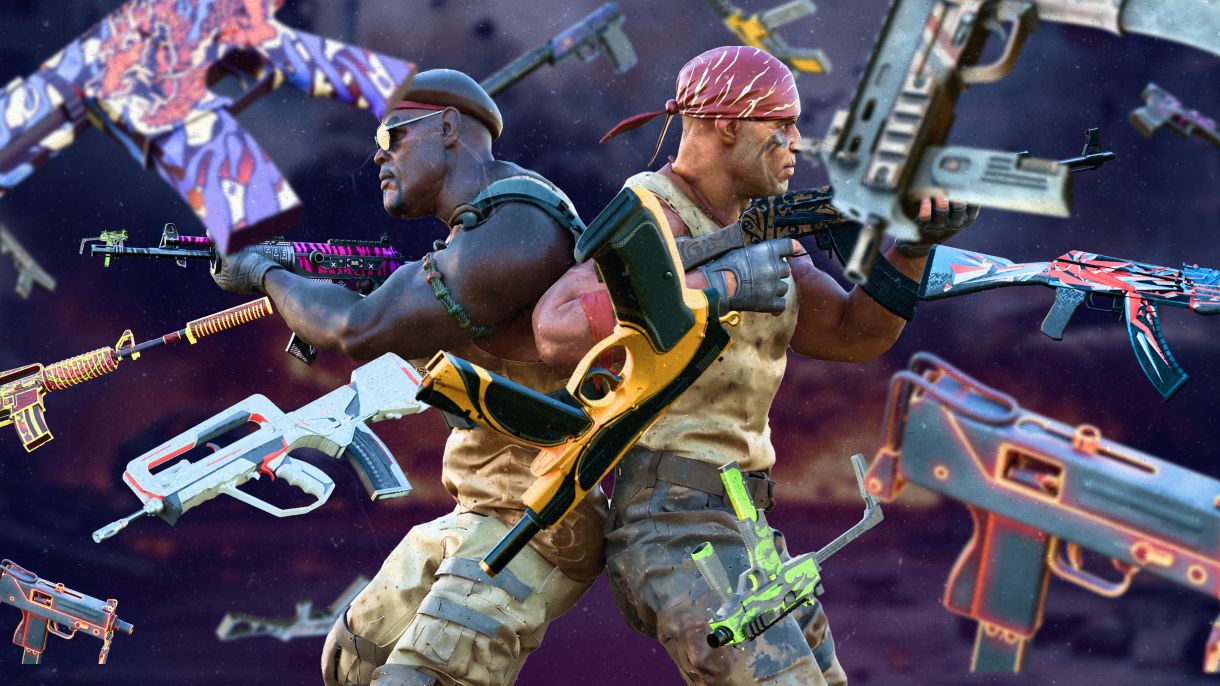Skins in Counter Strike are unique not only for their price or design, but also for their wear and CS2 float value or FV. It plays a pivotal role in determining the visual appeal and market worth of in-game items. When it comes to enhancing your virtual arsenal, understanding these concepts becomes very important. Skin wear refers to the cosmetic condition of a weapon or item, while float value quantifies this condition on a numerical scale. The interplay between wear and Counter-Strike float value directly impacts an item’s rarity, aesthetics, and ultimately, its market value. In this article, you will discover if skins wear out, what are CS2 skin float values and wear ratings, and how different degrees of wear differ from each other.
What are the Skin Wear and Float Value in CS2?
Skin wear and float ranges are intrinsically linked – the condition of a CS2 skin is assessed through its float value. The float value, often simply referred to as “float,” is a numerical representation of a skin’s condition within a given wear range. Each skin comes in a range of wear values, spanning from the “Factory New” condition at the lowest float to the “Battle-Scarred” condition at the highest. This range is divided into distinctive float ranges, including Factory New, Minimal Wear, Field-Tested, Well-Worn, and Battle-Scarred.
Understanding Skin Wear Rating
In CS2 skins come in a variety of conditions, each reflecting the level of wear and tear the weapon or item has endured. There are five primary stages of skin wear rating, each distinguished by a different float value range:
- Factory New (0.00 – 0.07): This is the lowest float CS2 skins. Factory New skins exhibit virtually no wear, appearing in pristine condition. They boast vibrant colors, crisp patterns, and are highly sought after by players for their aesthetic appeal.
- Minimal Wear (0.07 – 0.15): Minimal Wear skins are still in great shape but may show slight signs of wear and use. The float value in this range is slightly higher than Factory New, resulting in minor scratches or imperfections. However, these skins maintain their visual appeal and are often considered highly desirable.
- Field-Tested (0.15 – 0.38): Field-Tested skins have seen moderate use, and their float values reflect this. Expect noticeable wear, scratches, and some loss of color saturation. While not as pristine as Factory New or Minimal Wear, Field-Tested skins offer a balance between aesthetics and affordability.
- Well-Worn (0.38 – 0.45): These skins have seen substantial use, and it shows in their appearance. The float values in this range are significantly higher, leading to pronounced wear, scratches, and often, faded colors. Well-Worn skins are more budget-friendly options for those who appreciate battle-hardened aesthetics.
- Battle-Scarred (0.45 – 1.00): At the highest float values, Battle-Scarred skins showcase extensive wear and tear. These skins bear deep scratches, discoloration, and a weathered look, making them the most affordable but least visually appealing option in the wear rating spectrum.
How Does Float Value Change Over Time?
Contrary to what some players might think, the float value of a CS2 skin is a fixed attribute that does not naturally change after the skin has been unboxed or acquired. This static nature of float values means that a skin’s appearance and wear rating remain consistent throughout its lifetime, irrespective of how often it is used in the game. However, several factors can influence the market perception and value of skins with specific float values over time. Here’s how this works:
Fixed Float Values:
- When a skin is generated, it is assigned a float value that ranges between 0.00 and 1.00, with lower values indicating less wear and higher values indicating more wear. This value is permanently attached to the skin and does not change through regular use, trading, or any other in-game action. As a result, the physical appearance of the skin remains constant, regardless of how long it has been owned or how frequently it has been used.
Market Trends and Perception:
- While the float value itself is immutable, the perceived value of a skin with a specific float can fluctuate over time. Market demand plays a significant role here. For instance, if a certain skin becomes popular due to a trend or a professional player using it, skins with lower float values (indicating minimal wear) may see a surge in market value. Conversely, if the demand for that skin wanes, even skins with desirable float values might decrease in price.
Rarity and Scarcity:
- Over time, the availability of skins with specific float values can impact their market value. As certain skins become rarer, those with lower float values might become more sought after, driving up their price. This phenomenon is particularly evident in older collections where well-preserved skins are harder to find, making their fixed float values more valuable.
How Does Float Affect Price and Appearance?
Wear Impact on Appearance:
- The wear level of a CS2 skin significantly influences its visual appeal. A “Factory New” skin boasts minimal to no visible wear, showcasing vibrant colors and intricate details. As the float value increases, the wear becomes more pronounced, manifesting as scratches and faded patterns. The “Battle-Scarred” end of the spectrum exhibits the most wear, with the skin showing significant signs of age, including deep scratches and discoloration.
Market Value and Rarity:
- The float value and wear rating of a skin directly impact its rarity and subsequently its market value. “Factory New” skins, with the lowest float values, are generally the most valuable due to their pristine condition. As the float value rises, the skin’s rarity decreases, affecting its market price. This relationship between wear, float value, and rarity makes “Factory New” and sometimes “Minimal Wear” skins highly sought after by collectors and traders.
Trading and Investing:
- Understanding float values can give traders and investors a competitive edge. Skins with float values near the low end of their respective ranges are considered “low float” and are often preferred for trading due to their better condition. Players who wish to invest in skins might target those with potential for appreciation in value – skins with a relatively low float value, especially in desired patterns or finishes, could see an increase in demand over time.
How to Check CS2 Float Value?
Now, let’s explore how to check the float value of a CS2 skin:
In-Game Method: To check a skin’s float value within the game, follow these steps:
- Go to your inventory and select the skin you want to check.
- Right-click on the skin and choose “Inspect in Game.”
- The float value will be displayed on the inspection screen, usually in the details section. While this method is convenient, it only works for skins that you already own.
Using a CS2 Float Checker: For skins that you do not own or if you want to check float values of skins on the market, you can use an online CS2 float checker. These tools are designed to retrieve float values quickly and accurately:
- Visit a trusted CS2 float checker website.
- Input the URL or market link of the skin you’re interested in, or simply enter the skin’s name if the site supports direct search.
- The tool will display the float value of the skin along with additional information such as its wear rating and market history. Some tools even allow you to filter skins by float value, helping you find the perfect skin with your desired wear level.
Navigating CS2 Float Values: Your Key to Informed Gameplay and Investment
Understanding CS2 float values and wear ratings is essential for any player looking to navigate the skin market effectively. The float value is a fixed attribute that determines a skin’s wear level and appearance, playing a crucial role in its market value. By using tools like CS2 float checkers, players can easily access this information to make informed decisions when buying, selling, or trading skins. Whether you’re a collector aiming for pristine skins or a trader seeking profitable investments, mastering the concept of float values will enhance your overall CS2 experience. So, armed with this knowledge, you can confidently navigate the virtual marketplace, making informed decisions that resonate with both strategy and style.










































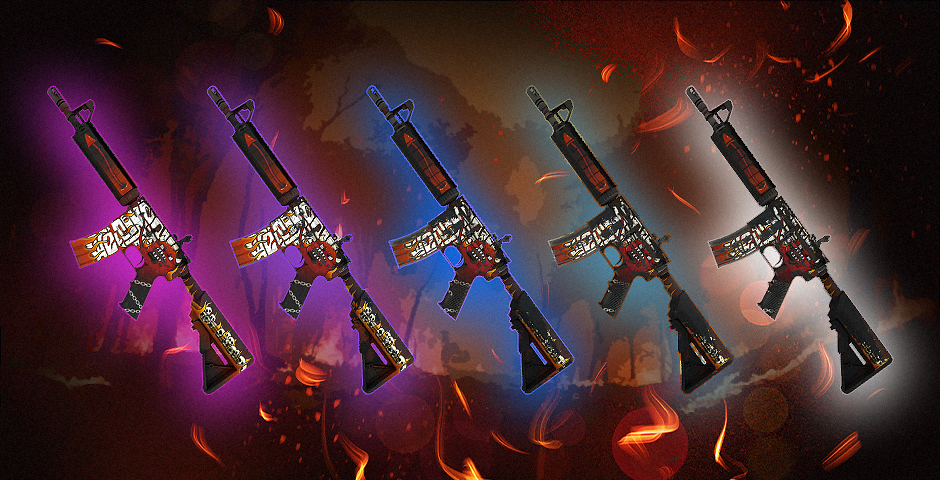
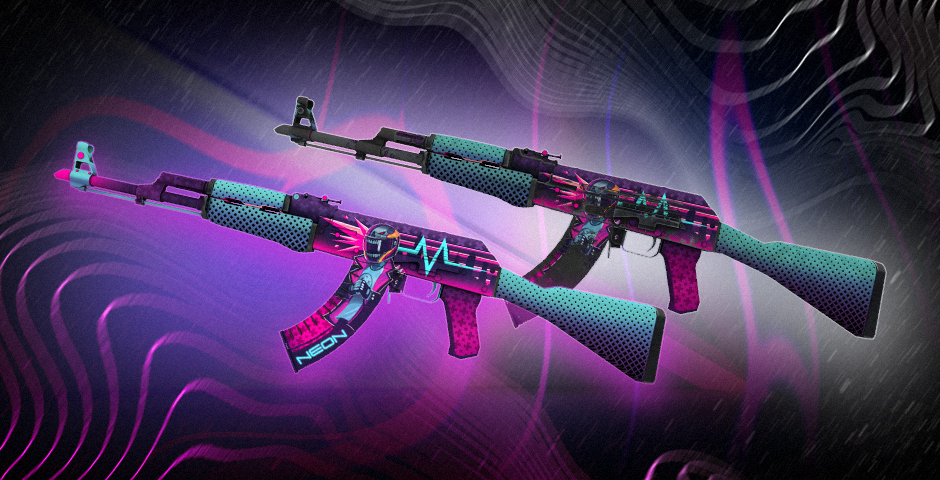
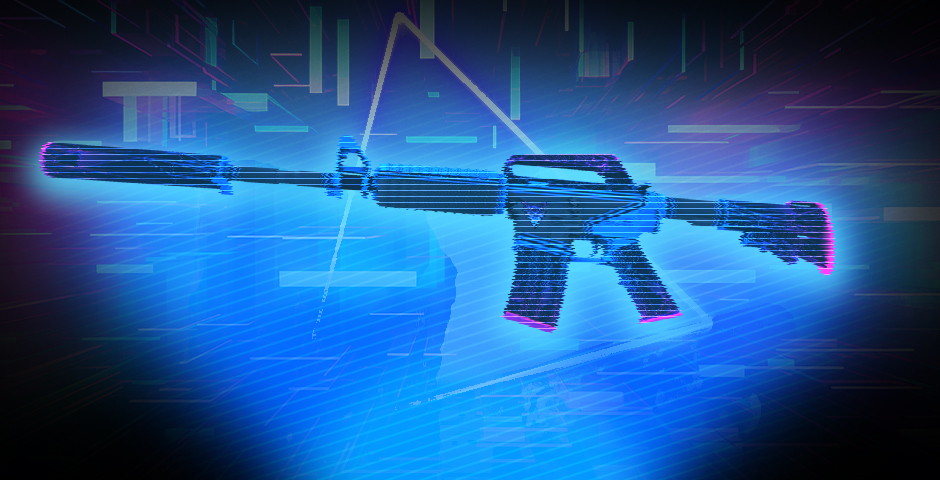


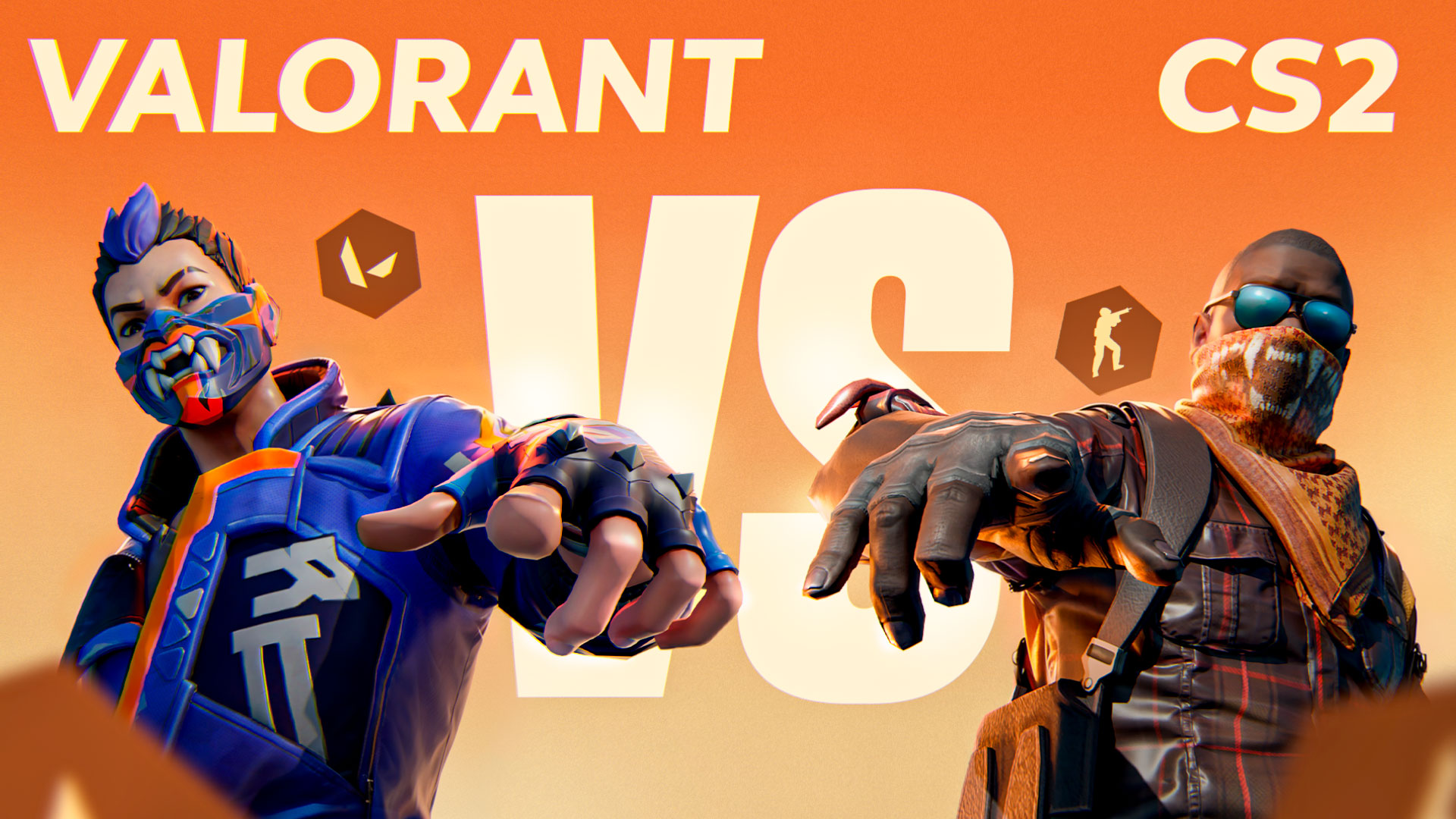
![How to Get Cases in CS2: Ultimate Guide [2024]](https://front.stage.jamson-sc.dev/community/wp-content/uploads/2024/08/Main-x-Name-32.jpg)

